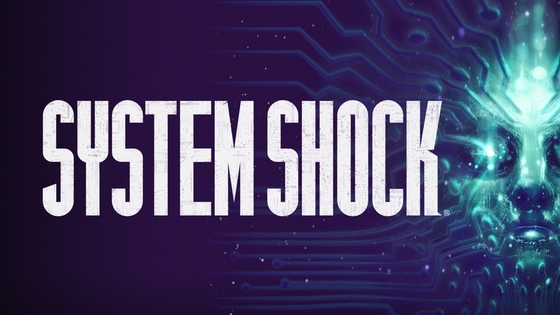July Update: Dev Diary by James Henley
over 7 years ago
– Thu, Jul 27, 2017 at 11:52:02 PM
Hey folks! This is James Henley, Lead Level Designer on the System Shock reboot. We thought that we’d give a little bit of insight into the level design process this month! Being a creative process, there’s a lot of variation from person to person but what follows is my personal approach. I’m going to speak in generals so try not to read too much into game content specifics from this.
First off, however, let’s address the elephant in the room...
System Shock’s levels are already designed, aren’t they?
This update is about process rather than intent, so I’ll keep this brief! The purpose of a reboot is to leverage an existing foundation while still allowing the freedom to re-envision, clarify, or otherwise expand upon a work. You could view it as building a new body to house an old soul.
The answer to the question is both “yes” and “no.” The original levels were designed under specific philosophies and restrictions that have grown or otherwise evolved in the years since. To that end, much of my work involves translating old intentions and bringing them forward to work in tandem with the technology and principles we have today. My goal is to create a believable world space that retains System Shock’s original sense of exploration and freedom.
I won’t get into the specifics of my design philosophies at the moment but let’s just be clear that I’m not talking about the modern trend of corridor-shooter level design; I’m an advocate of choices, exploration, and the freedom to tackle challenges in a variety of ways. My job is to develop a believable world space for the player to explore, not a cinematic corridor to be raced through.
Initial Planning
Before we can place so much as a single piece of flooring, we must first consider the goals and themes of an area, addressing questions such as:
- What section of the station does this level occur on?
- What are the major narrative beats it must cover?(General objectives, Key events & interactions)
- Is it a new tileset / major set of assets?
- What kind of artistic themes and points of interest can we leverage?
- What is the player’s toolbox? (Abilities or powers, Weapons and other possible gear)
- What is the designer’s toolbox? (New and returning creatures, Mechanics to introduce, Gating mechanisms, Features of the area itself, thematically or geometrically)
Paper, Please

I like to start by establishing the overall gameplay beats -- the pacing and flow of both narrative and game elements within a level’s critical* path. This means determining what the major objectives are at a more granular level. Where do you go? How do you get there? What affects your ability to get there and what options do you have for solving that?
* The specific events, be they branching or linear, that must be encountered in order to progress from beginning to end of a level
I write the major events, objective updates, etc. on cue cards. Yes, cue cards. I spread them around on the floor and start grouping, ordering, and reordering them to get a feel for strengths and weaknesses in the flow of events. I enjoy this approach because iteration is simple, rapid, and I can sort through and make adjustments anywhere from my office to a coffee shop -- though the latter is less appreciative about the whole “spreading them out on the floor” thing.

Spatial Relations

Even in a sci-fi setting, there are still a number of equivalent locations that we already have ingrained context for in the world around us, such as factories, hospitals, department stores, etc. During this stage, I do a lot of research into floor plans and layouts to determine what existing contexts can be leveraged in order to help make the space more believable. Would this kind of room really be near that kind? Are these features logical or are we placing them this way strictly “because plot?” There is a point where you have to draw the line in favor of the “it’s a game” argument but there’s little reason to abandon environmental believability prior to that. Ultimately, it’s a balancing act of realism vs. intended player experience.
The Gray Box

Gray boxing is a critical phase in the life of a level. Iterations can be performed fairly quickly at this point without as much risk of the changes impacting other departments. We play through the level frequently to feel out travel times, sight lines, room designs, verticality, and all manner of minutiae. Side paths, alternate routes, and the like are implemented and tested.
Gray box sections can even be provided to art as reference for more accurate concepting of props and space purposes.
Feedback is taken and adjustments are made accordingly. As a general rule, I assume that nothing is right the first time; iteration is the key to a polished design.
Stubbing in the Gameplay
- Plan encounter locations
- Plot patrol paths
- Arrange stealth routes or alternative solutions to combat
- Test the overall pacing in a variety of playstyles
- Key item placement (Weapons, Progression items or stand-ins, Information provisions critical to narrative)
- Event areas for scripting
- Environmental storytelling
Polish and Iteration and Iteration and Iteration and...
CS:GO "Oceanic Ordinance"













